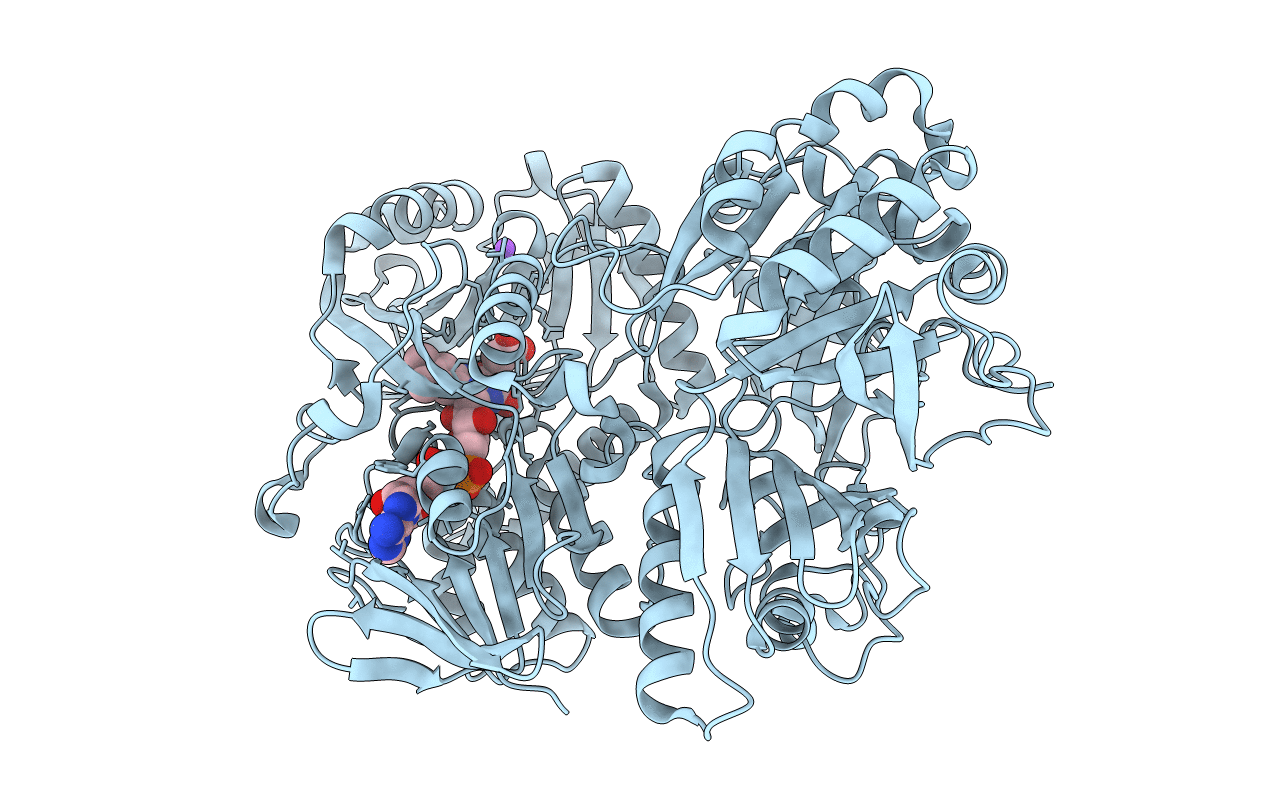
Deposition Date
2003-06-01
Release Date
2003-10-07
Last Version Date
2024-10-16
Entry Detail
PDB ID:
1PJ5
Keywords:
Title:
Crystal structure of dimethylglycine oxidase of Arthrobacter globiformis in complex with acetate
Biological Source:
Source Organism:
Arthrobacter globiformis (Taxon ID: 1665)
Host Organism:
Method Details:
Experimental Method:
Resolution:
1.61 Å
R-Value Free:
0.19
R-Value Work:
0.15
R-Value Observed:
0.16
Space Group:
C 2 2 2


